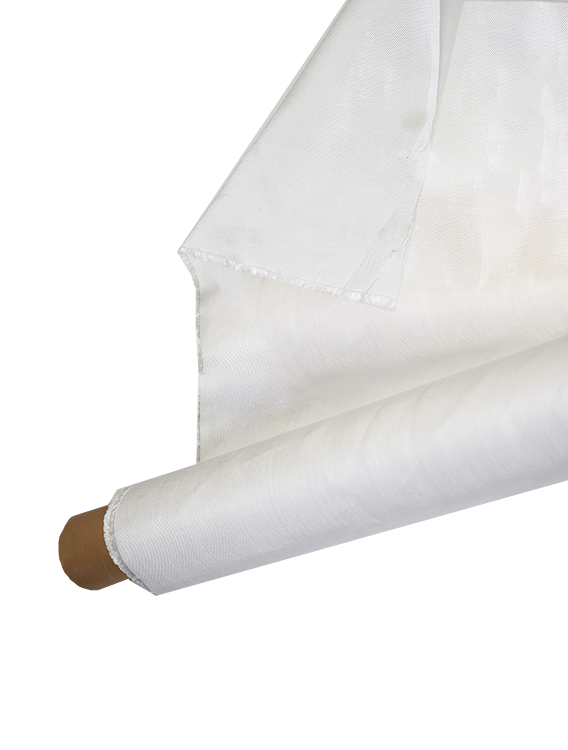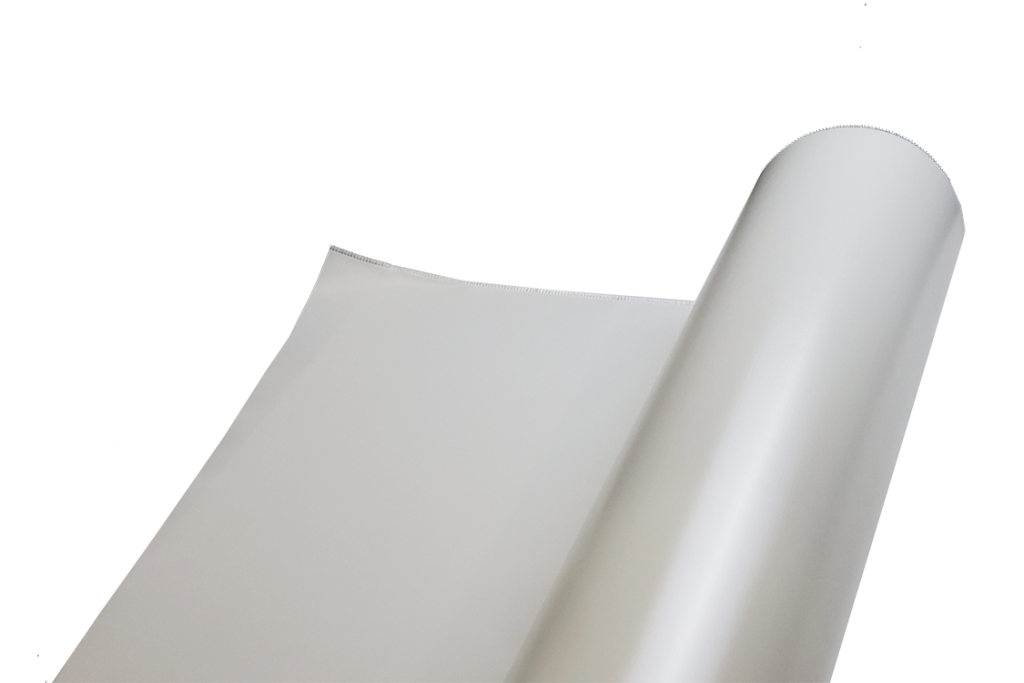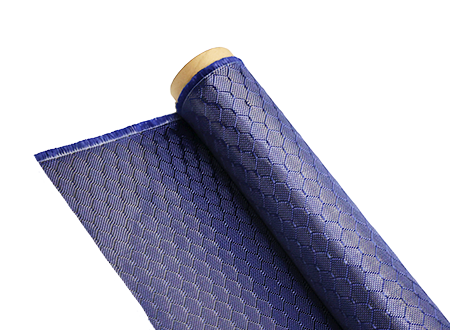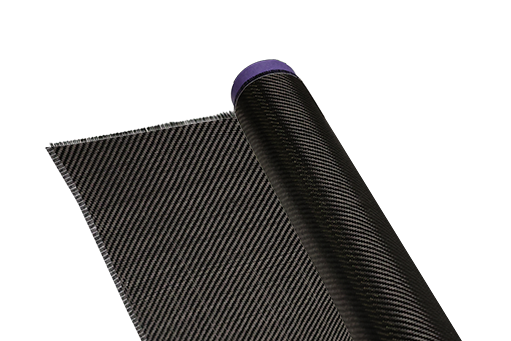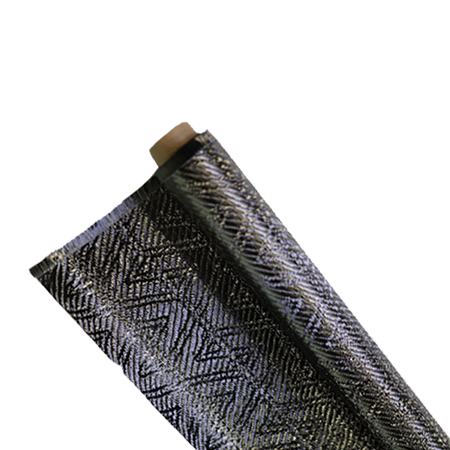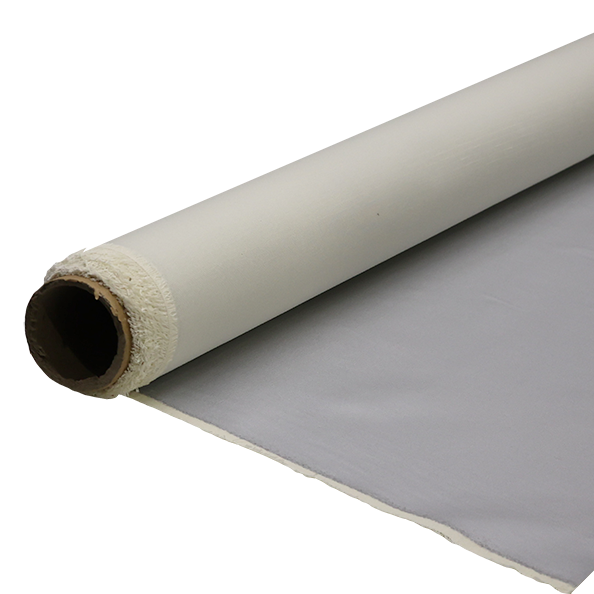U.S. DOT Issues Guidance on Kevlar-Reinforced Vehicle Panels
-
Table of Contents
“Strengthening Safety: U.S. DOT Unveils Guidance on Kevlar-Reinforced Vehicle Panels.”
The U.S. Department of Transportation (DOT) has issued new guidance regarding the use of Kevlar-reinforced vehicle panels, emphasizing their potential to enhance vehicle safety and performance. This guidance aims to inform manufacturers and stakeholders about the benefits and considerations associated with integrating Kevlar materials into vehicle design. By promoting the adoption of advanced materials like Kevlar, the DOT seeks to improve crashworthiness, reduce vehicle weight, and ultimately enhance overall road safety. The initiative reflects a commitment to innovation in automotive engineering and the ongoing pursuit of safer transportation solutions.
U.S. DOT’s New Guidance on Kevlar-Reinforced Vehicle Panels
The U.S. Department of Transportation (DOT) has recently issued new guidance regarding the use of Kevlar-reinforced vehicle panels, a development that is poised to significantly impact the automotive and transportation industries. This guidance comes in response to the increasing demand for enhanced vehicle safety and durability, particularly in the context of commercial and law enforcement vehicles. Kevlar, a synthetic fiber known for its high tensile strength and lightweight properties, has long been utilized in various applications, including personal protective equipment and military gear. However, its integration into vehicle manufacturing represents a notable shift towards more resilient automotive designs.
The DOT’s guidance outlines the standards and best practices for manufacturers looking to incorporate Kevlar-reinforced panels into their vehicles. By establishing clear parameters, the DOT aims to ensure that these materials meet safety regulations while also providing manufacturers with a framework for innovation. This initiative is particularly relevant as vehicle manufacturers seek to balance performance, safety, and weight considerations in their designs. The use of Kevlar can potentially reduce the overall weight of vehicles while enhancing their structural integrity, thereby improving fuel efficiency and handling.
Moreover, the guidance emphasizes the importance of rigorous testing and evaluation processes for Kevlar-reinforced panels. Manufacturers are encouraged to conduct comprehensive assessments to determine the effectiveness of these materials under various conditions, including impact resistance and environmental durability. This focus on testing is crucial, as it not only ensures compliance with safety standards but also builds consumer confidence in the performance of vehicles equipped with such advanced materials. As the automotive landscape evolves, the integration of innovative materials like Kevlar is expected to play a pivotal role in shaping the future of vehicle design.
In addition to safety and performance considerations, the DOT’s guidance also addresses the environmental implications of using Kevlar in vehicle manufacturing. As sustainability becomes an increasingly pressing concern, manufacturers are urged to consider the lifecycle of Kevlar-reinforced panels, from production to disposal. This holistic approach encourages the exploration of eco-friendly alternatives and recycling methods, thereby aligning with broader environmental goals within the transportation sector. By promoting sustainable practices, the DOT not only supports innovation but also fosters a commitment to reducing the ecological footprint of the automotive industry.
Furthermore, the guidance serves as a catalyst for collaboration among stakeholders, including manufacturers, researchers, and regulatory bodies. By fostering dialogue and knowledge sharing, the DOT aims to facilitate the development of best practices and innovative solutions that can enhance vehicle safety and performance. This collaborative spirit is essential, as the challenges facing the automotive industry are multifaceted and require a concerted effort to address effectively.
As the automotive industry continues to evolve, the U.S. DOT’s guidance on Kevlar-reinforced vehicle panels represents a significant step towards integrating advanced materials into vehicle design. By establishing clear standards and promoting rigorous testing, the DOT is not only enhancing vehicle safety but also encouraging innovation and sustainability within the sector. As manufacturers begin to adopt these guidelines, the potential for improved vehicle performance and safety becomes increasingly tangible, paving the way for a new era in automotive engineering. Ultimately, this guidance reflects a commitment to advancing transportation safety while embracing the technological advancements that can shape the future of mobility.
The Impact of Kevlar-Reinforced Panels on Vehicle Safety Standards
The recent guidance issued by the U.S. Department of Transportation (DOT) regarding Kevlar-reinforced vehicle panels marks a significant advancement in vehicle safety standards. As the automotive industry continues to evolve, the integration of advanced materials such as Kevlar has become increasingly relevant. This synthetic fiber, known for its exceptional strength and lightweight properties, has the potential to enhance the structural integrity of vehicles, thereby improving occupant protection during collisions. The DOT’s guidance aims to provide a framework for manufacturers to incorporate these materials effectively while ensuring compliance with existing safety regulations.
One of the primary impacts of Kevlar-reinforced panels is their ability to absorb and dissipate energy during an impact. Traditional vehicle materials, while effective to a degree, often lack the capacity to withstand high-energy collisions without significant deformation. In contrast, Kevlar’s unique molecular structure allows it to absorb energy more efficiently, reducing the likelihood of catastrophic failure. Consequently, vehicles equipped with Kevlar-reinforced panels can offer enhanced protection to occupants, potentially lowering the severity of injuries sustained in accidents.
Moreover, the introduction of Kevlar-reinforced panels aligns with the broader trend of increasing vehicle lightweighting. As manufacturers strive to meet stringent fuel efficiency and emissions standards, reducing vehicle weight has become a priority. By substituting heavier materials with Kevlar, manufacturers can achieve a dual benefit: improved fuel economy and enhanced safety. This synergy not only supports environmental goals but also addresses consumer demand for safer, more efficient vehicles. As a result, the DOT’s guidance encourages manufacturers to explore innovative applications of Kevlar, fostering a culture of safety and sustainability within the automotive sector.
In addition to improving crashworthiness, Kevlar-reinforced panels can also contribute to the overall durability of vehicles. The resilience of Kevlar against environmental factors such as moisture, temperature fluctuations, and chemical exposure means that vehicles can maintain their structural integrity over time. This durability is particularly important in regions with harsh weather conditions, where traditional materials may degrade more rapidly. By extending the lifespan of vehicle components, manufacturers can reduce maintenance costs for consumers while simultaneously promoting a more sustainable approach to vehicle production.
Furthermore, the DOT’s guidance emphasizes the importance of rigorous testing and validation processes for Kevlar-reinforced panels. As manufacturers begin to implement these materials, it is crucial that they adhere to established safety standards to ensure that the benefits of Kevlar are realized without compromising vehicle performance. The guidance outlines specific testing protocols that manufacturers must follow, thereby ensuring that any new designs are thoroughly evaluated for safety and effectiveness. This commitment to rigorous testing not only protects consumers but also fosters trust in the automotive industry as a whole.
In conclusion, the U.S. DOT’s guidance on Kevlar-reinforced vehicle panels represents a pivotal moment in the evolution of vehicle safety standards. By promoting the use of advanced materials that enhance crashworthiness, durability, and fuel efficiency, the DOT is paving the way for a new generation of vehicles that prioritize occupant safety. As manufacturers embrace these innovations, the automotive landscape is poised for transformation, ultimately leading to safer roads and a more sustainable future. The integration of Kevlar into vehicle design is not merely a technical advancement; it is a commitment to protecting lives and enhancing the overall driving experience.
Innovations in Vehicle Design: The Role of Kevlar Reinforcement
In recent years, the automotive industry has witnessed a significant transformation driven by advancements in materials science and engineering. One of the most notable innovations is the incorporation of Kevlar reinforcement in vehicle design, a development that has garnered attention from both manufacturers and regulatory bodies. The U.S. Department of Transportation (DOT) has recently issued guidance on the use of Kevlar-reinforced vehicle panels, underscoring the importance of this material in enhancing vehicle safety and performance. This guidance not only reflects the growing recognition of Kevlar’s benefits but also sets a framework for its application in modern vehicle manufacturing.
Kevlar, a synthetic fiber known for its exceptional strength-to-weight ratio, has long been utilized in various industries, including aerospace and military applications. Its unique properties make it an ideal candidate for reinforcing vehicle panels, where the need for lightweight yet durable materials is paramount. By integrating Kevlar into vehicle design, manufacturers can achieve a significant reduction in weight without compromising structural integrity. This reduction is particularly crucial in the context of fuel efficiency and emissions, as lighter vehicles typically consume less fuel and produce fewer greenhouse gases.
Moreover, the use of Kevlar reinforcement enhances the overall safety of vehicles. In the event of a collision, Kevlar-reinforced panels can absorb and dissipate energy more effectively than traditional materials, thereby reducing the risk of injury to occupants. This capability is especially important as vehicle safety standards continue to evolve, with increasing emphasis on crashworthiness and occupant protection. The DOT’s guidance highlights these safety benefits, encouraging manufacturers to consider Kevlar as a viable option for meeting stringent safety regulations.
In addition to safety and efficiency, the integration of Kevlar into vehicle design also opens up new possibilities for aesthetic innovation. The versatility of Kevlar allows for creative design solutions that can enhance the visual appeal of vehicles while maintaining functionality. As consumers increasingly seek vehicles that reflect their personal style, the ability to incorporate unique design elements without sacrificing performance becomes a significant advantage for manufacturers. This trend aligns with the broader movement towards customization in the automotive market, where individuality and personalization are highly valued.
Furthermore, the environmental implications of using Kevlar-reinforced panels cannot be overlooked. As the automotive industry grapples with the challenge of sustainability, the adoption of advanced materials like Kevlar can contribute to more eco-friendly manufacturing processes. The lightweight nature of Kevlar not only improves fuel efficiency but also reduces the overall carbon footprint of vehicles throughout their lifecycle. This aspect is particularly relevant in light of global efforts to combat climate change and promote sustainable practices across various sectors.
As the DOT continues to provide guidance on the use of Kevlar in vehicle design, it is clear that this material represents a significant step forward in automotive innovation. By embracing Kevlar reinforcement, manufacturers can enhance vehicle safety, improve fuel efficiency, and explore new design possibilities, all while contributing to a more sustainable future. The ongoing collaboration between regulatory bodies and the automotive industry will be crucial in ensuring that these advancements are implemented effectively and responsibly. Ultimately, the integration of Kevlar into vehicle design not only reflects the industry’s commitment to innovation but also its dedication to creating safer, more efficient, and environmentally friendly vehicles for consumers.
Q&A
1. **What is the purpose of the U.S. DOT’s guidance on Kevlar-reinforced vehicle panels?**
The guidance aims to provide safety standards and recommendations for the use of Kevlar-reinforced panels in vehicles to enhance protection against impacts and improve overall vehicle safety.
2. **What types of vehicles are primarily affected by this guidance?**
The guidance primarily affects commercial vehicles, including buses and trucks, where enhanced durability and safety features are critical for passenger and cargo protection.
3. **What are the expected benefits of using Kevlar-reinforced panels in vehicles?**
The expected benefits include increased resistance to punctures and impacts, reduced weight compared to traditional materials, and improved overall vehicle performance and safety.The U.S. Department of Transportation’s guidance on Kevlar-reinforced vehicle panels highlights the importance of enhancing vehicle safety and performance through advanced materials. This initiative aims to improve the durability and impact resistance of vehicles, potentially reducing injuries in accidents and increasing overall road safety. The adoption of such technologies reflects a commitment to innovation in vehicle design and safety standards.

